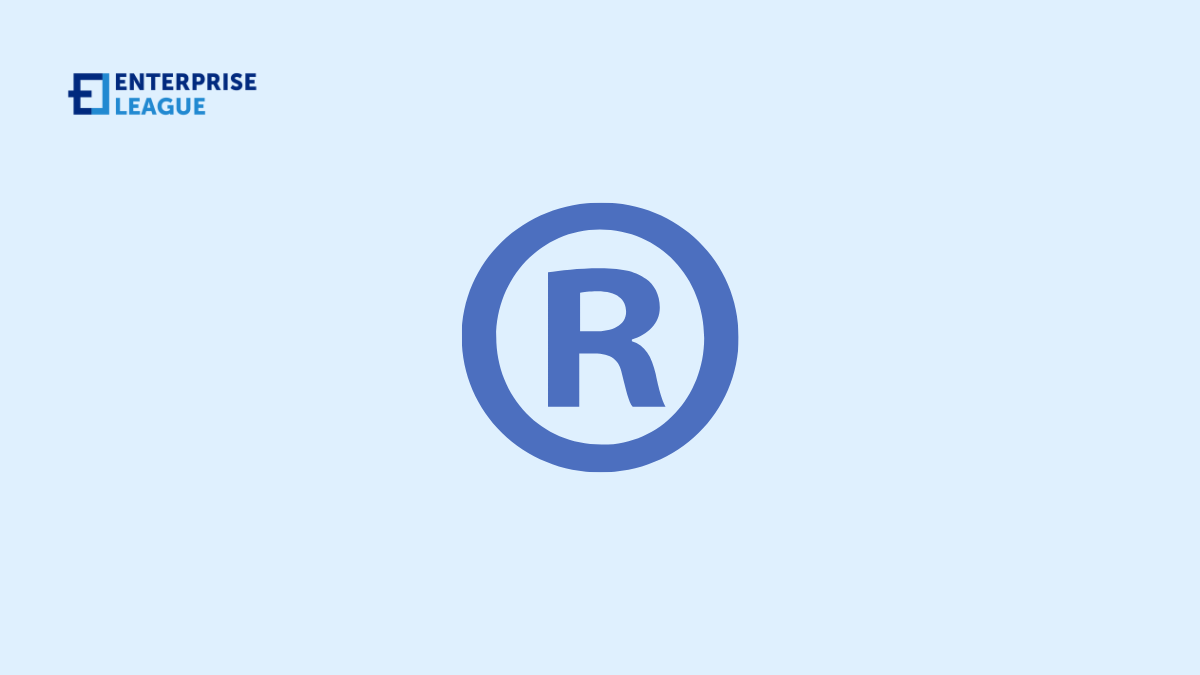What rights and benefits do you have with a trade mark registration
February 21, 2023

What rights give you a trade mark registration
-
Legally enforceable and rights to use that registered mark for the nominated goods and/or services
-
The right to prevent any other party from using a similar brand or business name on goods or services that are similar where such use amounts to trade mark infringement
-
The right to take steps against any other entity that is infringing your rights (you can institute legal proceedings against another trader if they are deemed to have infringed your trade mark)
-
The right to transfer, license, or sell the mark
Benefits of a trade mark registration
Here are some of the benefits you can have if you register your trade mark.
The right to use is immediate
After you register that trade mark, your rights to use that mark in relation to the nominated goods/services are in force.
It will be found in the trademark database
A registered trade mark is listed on a searchable database managed by IP Australia, so it serves as a clear signpost on your ownership and monopoly over it. The database also serves as a public record of when your statutory rights began. (Noting some business operators may have earlier dated common law rights).
You can use it everywhere
Registering a trade mark gives you peace-of-mind that you can use that mark everywhere without fear of infringing on anyone’s rights.
It protects you from the competition
Registration serves as a powerful deterrent to anti-competitive, copycat, or unethical behavior, and also provides protection Australia-wide.
Brand awareness
Registration provides a strong foundation and scaffolding for building brand awareness and reputation.
The right to use the symbol
Registration gives you the legal right to use the ® symbol next to your trade mark. You can use the ™ symbol next to a mark even if that mark hasn’t been registered, but this doesn’t prove any legal rights and rights and it can be difficult and expensive to prove ownership. It’s an offense to use the ® symbol alongside an unregistered mark.
Conclusion
A trade mark registration gives you the proprietary right to use, sell or license that mark and is a powerful strategy for protecting your business’s valuable intellectual property and protecting the viability and future success of that asset and of the business as a whole.
Registration is both a shield and a sword – providing a solid defense and powerful weaponry against anyone who may deliberately or inadvertently infringe on your rights.
However, it’s possible to register a trade mark on your own, but it’s recommended that you get advice from an experienced professional (either an intellectual property lawyer or trade mark attorney) so that the decisions you make are the correct ones.
More must-read stories from Enterprise League:
- What’s the secret to running successful cold email campaigns?
- Get inspired from this list of creative small business ideas.
- All the reasons why we should support local businesses and shop local.
- Find out everything you need to know about the 10 Ds of entrepreneurship.
- Unique and creative guerrilla marketing ideas for small businesses.
Related Articles
Best 1800 Number Providers In Australia
If you're operating a business in Australia, it's in your best interest to invest in the right tools to give you an advantage in your respective field. One tool that many local entrepreneurs often overlook is a business number, particularly an 1800 number. 1800...
Where to Find Affordable Election Services for Unions
Every year, thousands of labor or trade organizations across the country hold elections to choose representatives. This creates a demand for affordable election service providers that help unions manage the logistics. Election services for unions come in many...
Workplace Violence or Drug Accusations: Protecting Yourself Legally
Accusations of workplace violence or drug-related misconduct can derail a career, even when the claims are unfounded. A single allegation can lead to suspension, internal investigations, damaged professional relationships, and in serious cases, criminal charges....
Best 1800 Number Providers In Australia
If you're operating a business in Australia, it's in your best interest to invest in the right tools to give you an advantage in your respective field. One tool that many local entrepreneurs often overlook is a business number, particularly an 1800 number. 1800...
Where to Find Affordable Election Services for Unions
Every year, thousands of labor or trade organizations across the country hold elections to choose representatives. This creates a demand for affordable election service providers that help unions manage the logistics. Election services for unions come in many...





